In the depths of Peru’s rivers and rainforests, scientists have made an extraordinary discovery that highlights the incredible biodiversity still waiting to be uncovered in South America. A recent expedition has revealed 27 previously unknown species, including a peculiar fish with a distinctive blob-shaped head that has captured the attention of the scientific community worldwide. These findings not only expand our understanding of Peru’s rich ecosystem but also emphasize the urgent need for conservation efforts in one of the planet’s most biodiverse regions. This article explores this remarkable discovery in detail, examining each newly identified species and the significance they hold for both science and conservation.
The Remarkable Expedition That Led to Discovery
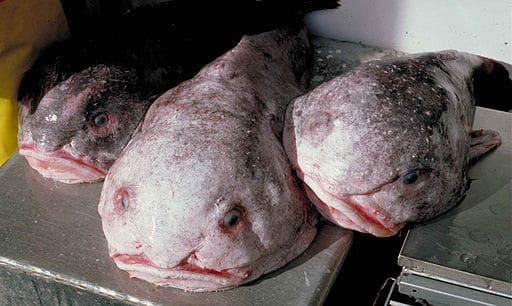
The groundbreaking discovery emerged from a collaborative expedition conducted by international and Peruvian researchers across various regions of Peru. The research team, comprising experts from institutions including the Smithsonian, National Geographic Society, and Peru’s Natural History Museum, spent several months exploring remote areas of the Amazon rainforest, Andean highlands, and coastal regions. Operating under challenging conditions, scientists endured heavy rainfall, difficult terrain, and isolated locations to document previously unexplored habitats. Their persistence paid off with the identification of 27 species previously unknown to science, highlighting how much remains to be discovered in Peru’s diverse ecosystems despite centuries of scientific exploration.
The Bizarre ‘Blob-Headed’ Fish: A Scientific Marvel

Among the 27 newly discovered species, the ‘blob-headed’ fish stands out as particularly unusual. Scientifically named Cephalaspis peruvianus (though the name is still pending formal confirmation), this small freshwater fish measures approximately 3-4 inches in length and possesses a distinctively enlarged, gelatinous head structure that gives it its nickname. The transparent, blob-like protrusion contains specialized sensory organs that scientists believe help the fish navigate murky waters and detect prey. Found in the oxygen-poor backwaters of Amazonian tributaries, the fish has evolved unique adaptations that allow it to thrive in environments where other species struggle. Its discovery represents a significant advancement in our understanding of evolutionary adaptations in extreme aquatic environments.
Biodiversity Hotspot: Peru’s Unique Ecological Landscape

Peru’s exceptional biodiversity stems from its remarkably varied geography, which encompasses 28 of the world’s 32 climates. From coastal deserts to high Andean mountains and vast rainforests, this diverse landscape has fostered the evolution of countless unique species. The country hosts over 1,800 bird species, 500 mammals, and thousands of plants found nowhere else on Earth. This latest discovery of 27 new species further cements Peru’s status as one of the world’s most important biodiversity hotspots. The varied ecosystems create isolated habitats where species can evolve independently, resulting in high levels of endemism—species that exist only in a particular geographic region. These factors combine to make Peru a living laboratory for evolutionary biology and a priority for global conservation efforts.
Newly Discovered Amphibians: Expanding Our Knowledge

Among the newly identified species were seven amphibians, including five frogs, one salamander, and one caecilian (a limbless amphibian). The most striking of these is a thumb-sized glass frog with translucent skin that allows observers to see its internal organs, including its beating heart. Another notable discovery is a poison dart frog that produces a previously undocumented toxin with potential pharmaceutical applications. These amphibian findings are particularly significant given the global amphibian crisis, with populations declining worldwide due to habitat loss, climate change, and fungal diseases. The newly discovered species provide valuable information about amphibian evolution and adaptation, while potentially offering insights into disease resistance that could benefit conservation efforts globally.
Miniature Marvels: New Insect and Arthropod Species

The expedition yielded an impressive array of arthropods, with twelve new species of insects, spiders, and other invertebrates identified. Among these is a jumping spider with elaborate courtship displays never before documented in arachnids, and a stick insect so perfectly camouflaged that researchers initially mistook it for part of the vegetation. Perhaps most remarkable is a bioluminescent beetle that produces a unique two-color light pattern, alternating between blue and green emissions—a characteristic previously unknown in beetle species. These arthropod discoveries underscore the incredible specialization and diversity within Peru’s insect populations, which play crucial roles in pollination, decomposition, and as food sources for larger animals. The findings also highlight how much remains to be learned about the world’s smallest creatures, which often have the most unusual adaptations.
Reptilian Revelations: New Lizards and Snakes

The research team documented four previously unknown reptile species, including a miniature lizard measuring just under two inches in length and a vibrantly colored snake with a distinctive defensive behavior. The newly identified lizard, found in the high Andes at elevations exceeding 14,000 feet, has evolved specialized blood chemistry that allows it to remain active in near-freezing temperatures. Meanwhile, the snake discovery—a member of the Colubridae family—exhibits a unique defensive posture where it flattens its neck and displays vivid interior coloration when threatened, mimicking more venomous species. These reptile findings contribute valuable information to our understanding of cold-climate adaptations and predator-prey dynamics. They also provide insights into how reptiles may respond to climate change, as highland species often have narrow temperature tolerances that make them particularly vulnerable to warming trends.
Botanical Treasures: Plant Species New to Science
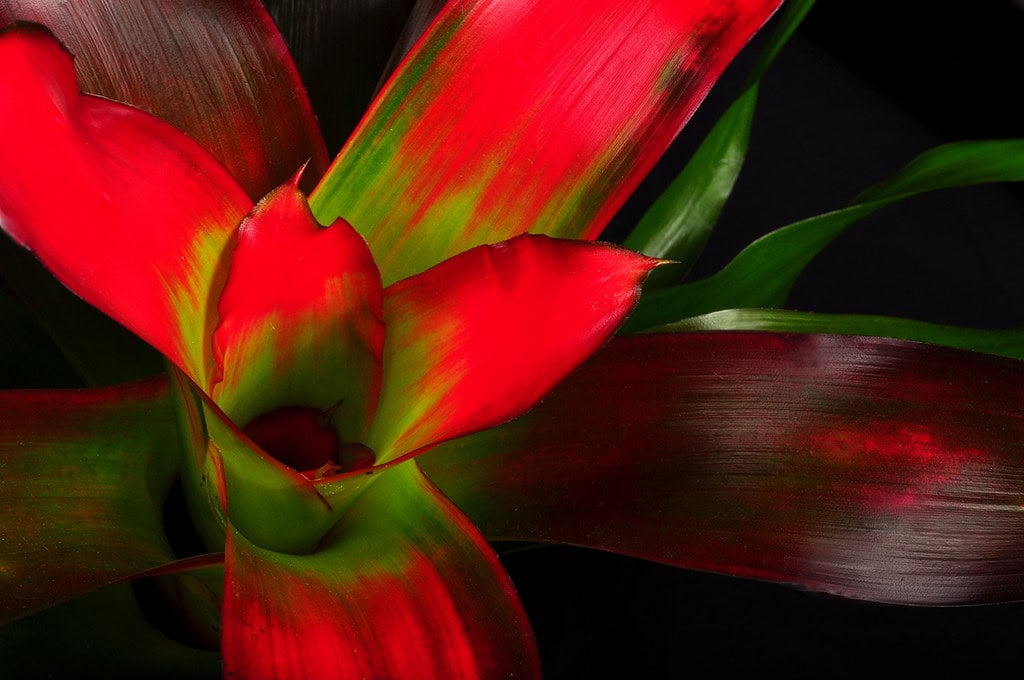
Beyond animal life, the expedition identified three plant species previously unknown to science. These include an orchid with an intricate pollination mechanism that can only be triggered by one specific bee species, creating a remarkable example of co-evolution. Another discovery is a bromeliad that grows exclusively on vertical cliff faces in the cloud forest, collecting nutrients from the mist rather than soil. The third plant, a small flowering shrub, contains compounds with potential anti-inflammatory properties that have already attracted pharmaceutical interest. These botanical discoveries highlight the complex relationships between plants and their pollinators, as well as the untapped potential for new medicines derived from rainforest plants. They also underscore the importance of preserving intact forest ecosystems where these specialized relationships have evolved over millions of years.
Advanced Research Techniques Behind the Discoveries
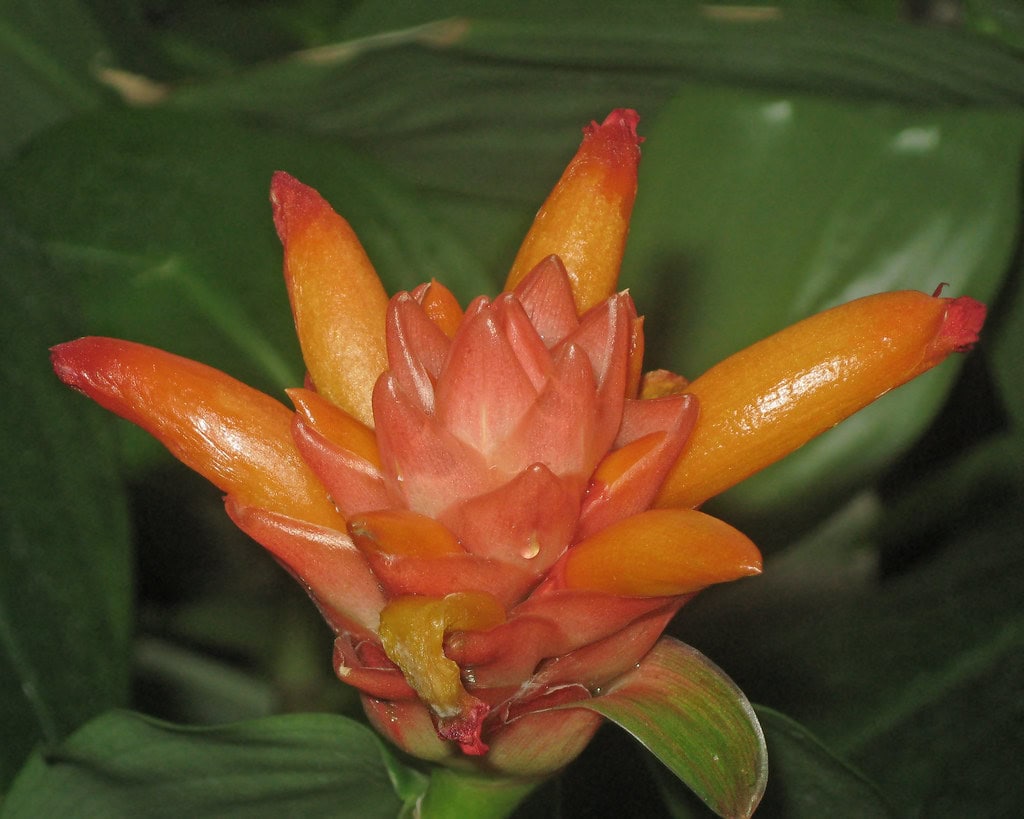
The identification of these 27 new species was made possible through a combination of traditional field biology and cutting-edge scientific techniques. Researchers employed environmental DNA analysis to detect species from water samples, allowing them to identify organisms without directly observing them. Advanced portable genomic sequencing equipment enabled on-site DNA analysis, confirming new species discoveries while still in the field. High-definition wildlife cameras with motion sensors captured images of elusive creatures, while specialized sound recording equipment detected vocalizations beyond human hearing range. These technological innovations have revolutionized biological field research, making it possible to document biodiversity more thoroughly than ever before. They represent a new frontier in species discovery, particularly in remote regions where traditional research methods face significant logistical challenges.
Conservation Implications of the New Discoveries
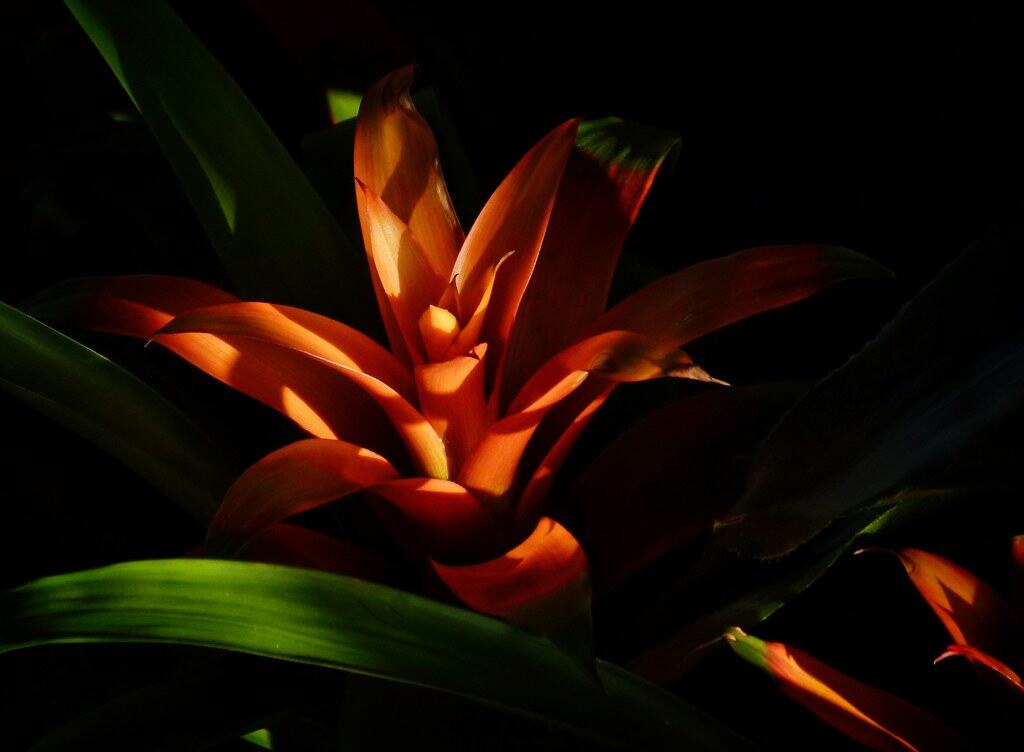
The discovery of 27 previously unknown species carries profound implications for conservation efforts in Peru. Many of these species were found in areas currently lacking formal protection, highlighting urgent gaps in the country’s conservation network. Of particular concern is the blob-headed fish, which inhabits waters threatened by illegal gold mining operations that release mercury and other pollutants. Conservation biologists note that several of the newly discovered species have extremely limited ranges, making them especially vulnerable to habitat destruction. The findings have prompted calls for the establishment of new protected areas and stricter enforcement of existing environmental regulations. They also emphasize the need for sustainable development practices that balance economic growth with biodiversity preservation, particularly in regions where undiscovered species likely still exist.
Climate Change Threats to Newly Discovered Species
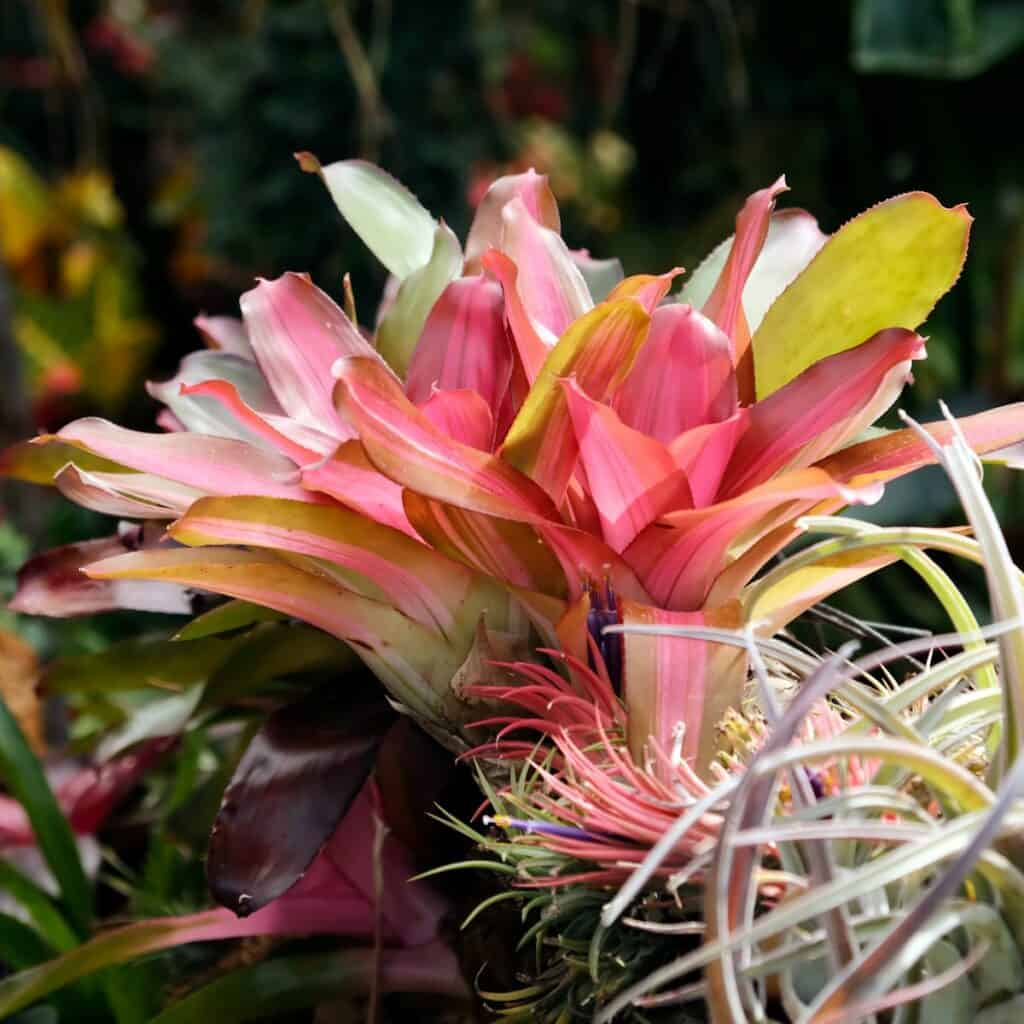
Many of the newly identified species face immediate threats from climate change, with several inhabiting ecosystems particularly sensitive to temperature and precipitation shifts. The high-altitude reptiles and amphibians are especially vulnerable, as warming temperatures push their habitable zones higher until they essentially run out of mountain. Similarly, the aquatic species, including the blob-headed fish, face risks from altered river flow patterns and increased water temperatures predicted by climate models. Scientists warn that some of these species may go extinct before we fully understand their ecological roles and potential value to humans. This sobering reality underscores the race against time that conservation biologists face—documenting and protecting biodiversity before climate change and other human activities eliminate it permanently.
Indigenous Knowledge and Its Role in the Discoveries
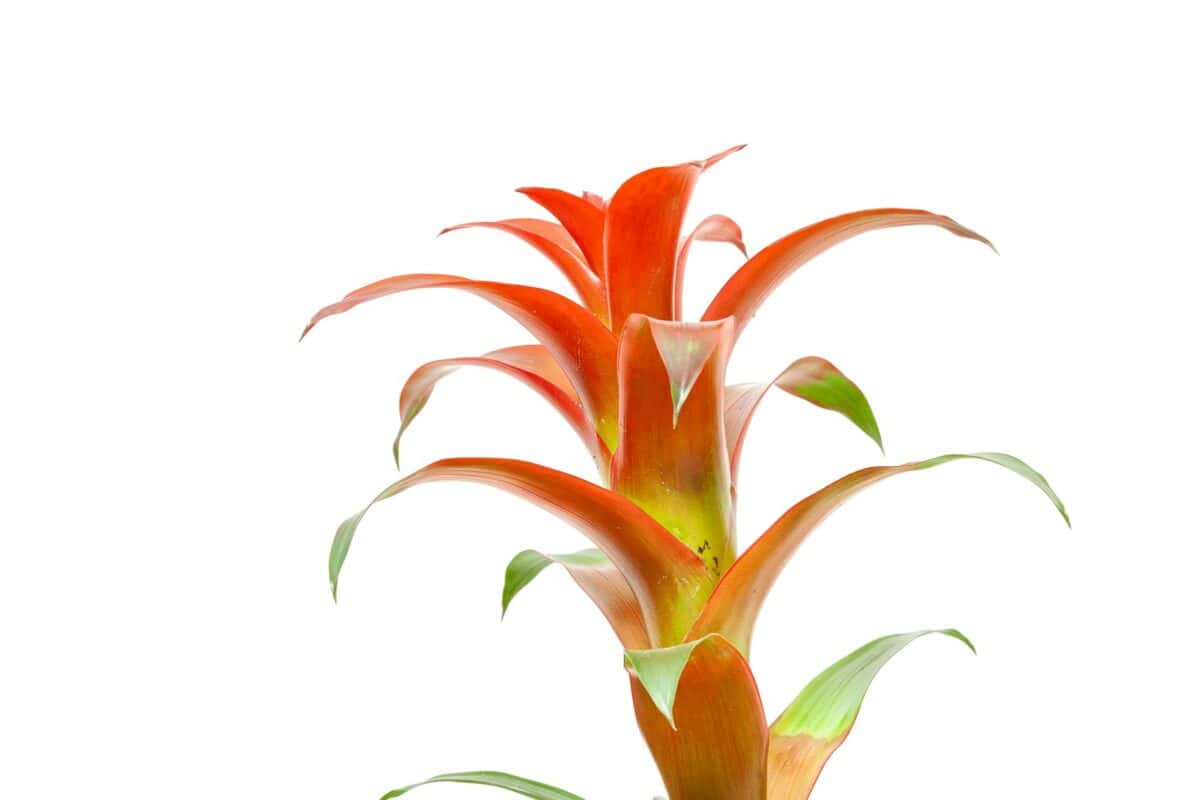
Local indigenous communities played a crucial role in the expedition’s success, with traditional ecological knowledge guiding researchers to previously unexplored locations. Several indigenous guides identified unusual animals and plants based on generations of accumulated knowledge about forest resources. In fact, while the blob-headed fish was new to science, local Asháninka people were already familiar with it, having a specific name and cultural associations for the unusual creature. This collaboration between scientific researchers and indigenous communities represents a growing recognition of the value of traditional knowledge in biodiversity research. It also highlights the importance of involving local communities in conservation planning, as they often possess detailed understanding of ecosystem dynamics developed over centuries of observation and interaction with their environment.
Future Expeditions and the Potential for More Discoveries

The success of this expedition has spurred plans for additional research trips to other unexplored regions of Peru. Scientists estimate that thousands of species remain undiscovered in the country, particularly in remote areas of the eastern Andean slopes where the mountains meet the Amazon—a region of extraordinary ecological transition zones. Future expeditions will focus on these transition areas, as well as underground cave systems and high-altitude wetlands that have received little scientific attention. Researchers are particularly interested in exploring deeper sections of river systems where the blob-headed fish was found, suspecting that related species with even more extreme adaptations may exist. These planned expeditions will employ even more advanced technologies, including underwater drones capable of navigating narrow river passages and artificial intelligence systems that can identify potential new species based on subtle morphological differences.
Conclusion: A Reminder of Earth’s Unexplored Wonders
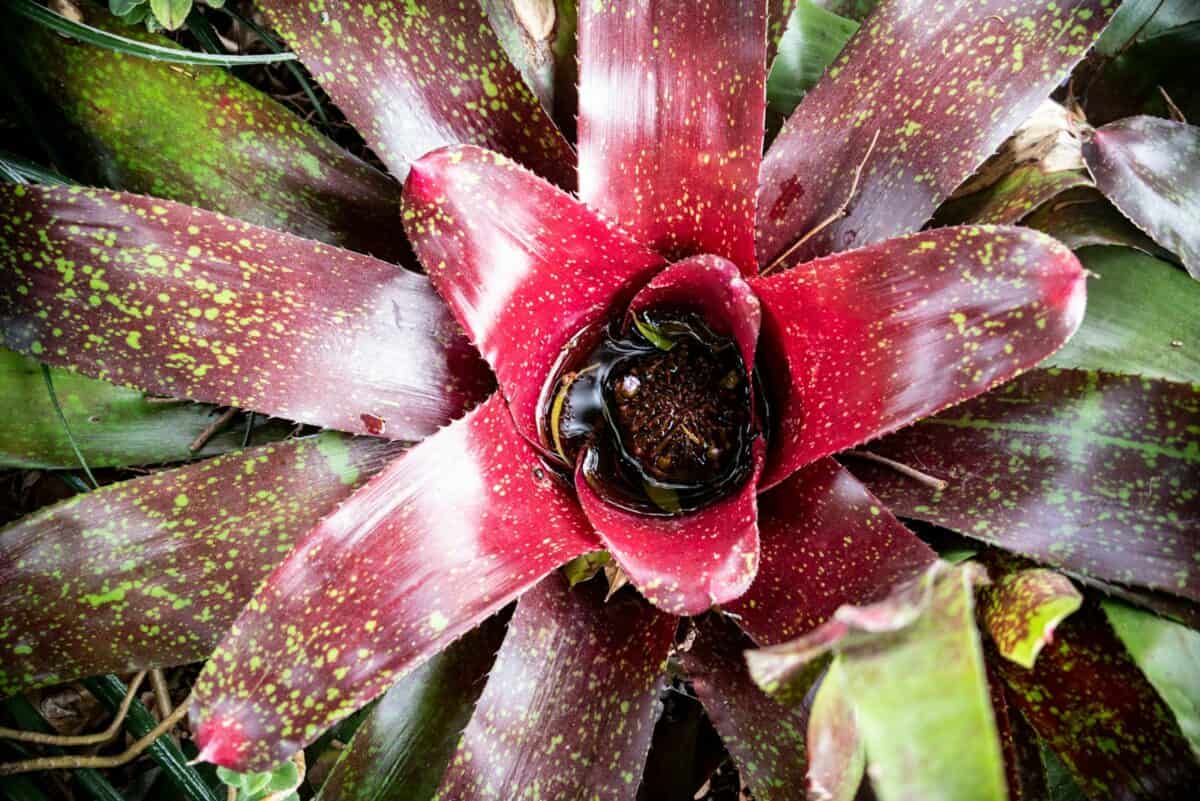
The discovery of 27 new species in Peru, including the remarkable blob-headed fish, serves as a powerful reminder that our planet still holds countless undiscovered wonders. These findings demonstrate that even in the 21st century, with our advanced technologies and centuries of scientific exploration behind us, Earth continues to surprise us with new forms of life that challenge our understanding of biology and evolution. The unique adaptations observed in these newly identified species—from the sensory organs of the blob-headed fish to the cold-tolerance mechanisms of high-altitude reptiles—provide valuable insights into the incredible diversity of strategies that life has evolved to thrive in every conceivable environment. As we face unprecedented biodiversity loss worldwide, these discoveries underscore the urgent need to protect natural habitats, not only for the species we know but for those we have yet to discover.
- How Penguins Take Turns at Sea and Nest to Raise Chicks - August 9, 2025
- Dolphin Brains Compare to Those of Apes and Humans - August 9, 2025
- 14 Cutting-Edge Biotech Innovations That Will Shape the Future - August 9, 2025
